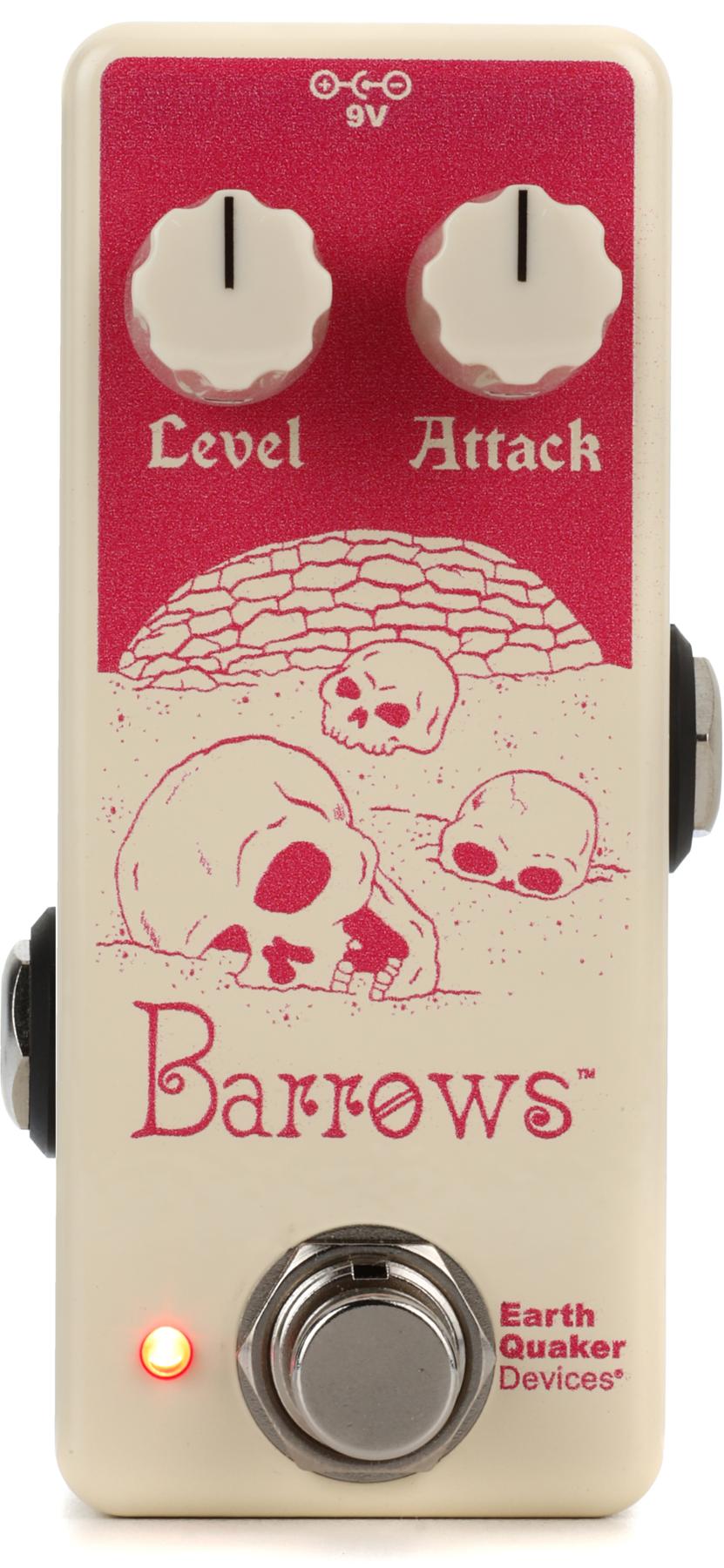The transition to a digital world comes closer to being completed each day, and in the meantime a new paradox has arisen. While we have the ability to record pristine audio and video, the ultimate destination is going to be either a high-end system where it’s reproduced accurately, or more than likely a pair of small desktop speakers and a YouTube window, or a phone earpiece with a 2” display. Video killed the radio star, and now technology has made it possible for anyone to try to be a video star, regardless of quality. Music is now and forever more a visual medium.
Starting in early 2009, all TV broadcasters will only be transmitting a digital signal (DTV) per FCC mandate. What that means is that more sports broadcasts, commercials, talk shows, concerts, etc., will be shot in high-def to keep from looking dated against the competition. The NFL and late night talk shows are already there. Television manufacturers will rapidly move away from the standard 4:3 ratio TVs and start pushing widescreen 16:9 HD capable sets, to go along with growing numbers of Blu-Ray Disc and HD-DVD catalogs, Playstation 3s and XBox 360s, and the increasing availability of HD channels – DirecTV claims that they’ll soon be able to carry 150 HD channels. Radio has already gone digital, with stations storing songs and commercials digitally then cuing them from a computer. Almost everything you do with audio beyond your speaker cabinet will end up being digital, no matter where it’s seen or heard.
So how does that affect the modern musician and how can one make sure their sound and image translate well to both the HD world and the world of YouTube? On the visual side, performers need to be aware that shooting in HD differs greatly from shooting in the standard NTSC we’ve become accustomed to, just as recording to digital is different than recording to analog. The black gaffer tape on the stage will no longer just disappear in the darkness. The smudges on the guitar will stand out like spaghetti stains on a white dress shirt and the fly-away hairs on the singer’s head will call attention to themselves like a neon sign. With standard TV, it’s a good idea to wear makeup just to look normal, but in HD it’s a must, because a person without make-up will look ill. An amateur makeup job in HD looks like a Halloween mask gone wrong and the lines in a person’s face become harder to hide.
Lighting and makeup for HD are hypercritical, as HD cameras are very sensitive to the slightest difference in color and contrast. Attention must be paid to every detail when shooting in HD, but when done right, it looks amazing, and that’s all before you get to the music.
On every street in the modern world, somebody is listening to digital audio of some kind. In the midst of it is the guitarist with instrument and vintage tube amp in hand, ready to deliver pure analog tone. But other than someone standing next to the amplifier, that tube amp will only ever be heard after it becomes a digital signal. With the ever-increasing cost of producing tubes and the decrease in the cost of making processors, the distant future may consist of amp modelers modeling other amp modelers, because nobody has heard an original British stack.
So while we’re still walking the line between analog and digital, it’s important to get the best sound and look before letting it out to the rest of the world. On stage, in the studio, or on video, the rules of the digital world must always be considered in regards to how your music will translate to HD and to YouTube. From the guitar pick to the mic-pre, pay attention to what each piece of gear does to your sound. If it doesn’t help it, get rid of it. Anything that takes away from your quality – visibly or audibly – will make it that much worse when down converted to an Internet video, and will show its shortcomings if it’s presented in a high-def setup.
Therefore, our only option is to record everything in the highest quality available to us. Though what we record may only be played on a Myspace page, you never know who might look at your Myspace page; just ask the growing number of pop stars discovered this way. Even if it is only played on the Internet or an iPod, you’ll still look and sound way better than those who take shortcuts or don’t pay attention to detail. And if your audio and video is top notch from the start, it will be ready for the world of HD when you’re discovered on Myspace.
Bryan Lionman
lionman@creationaudiolabs.com
Creation Audio Labs, Inc.
615-884-7520
creationaudiolabs.com




























